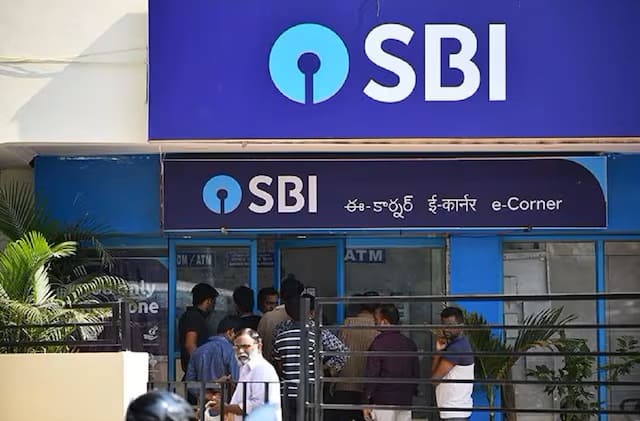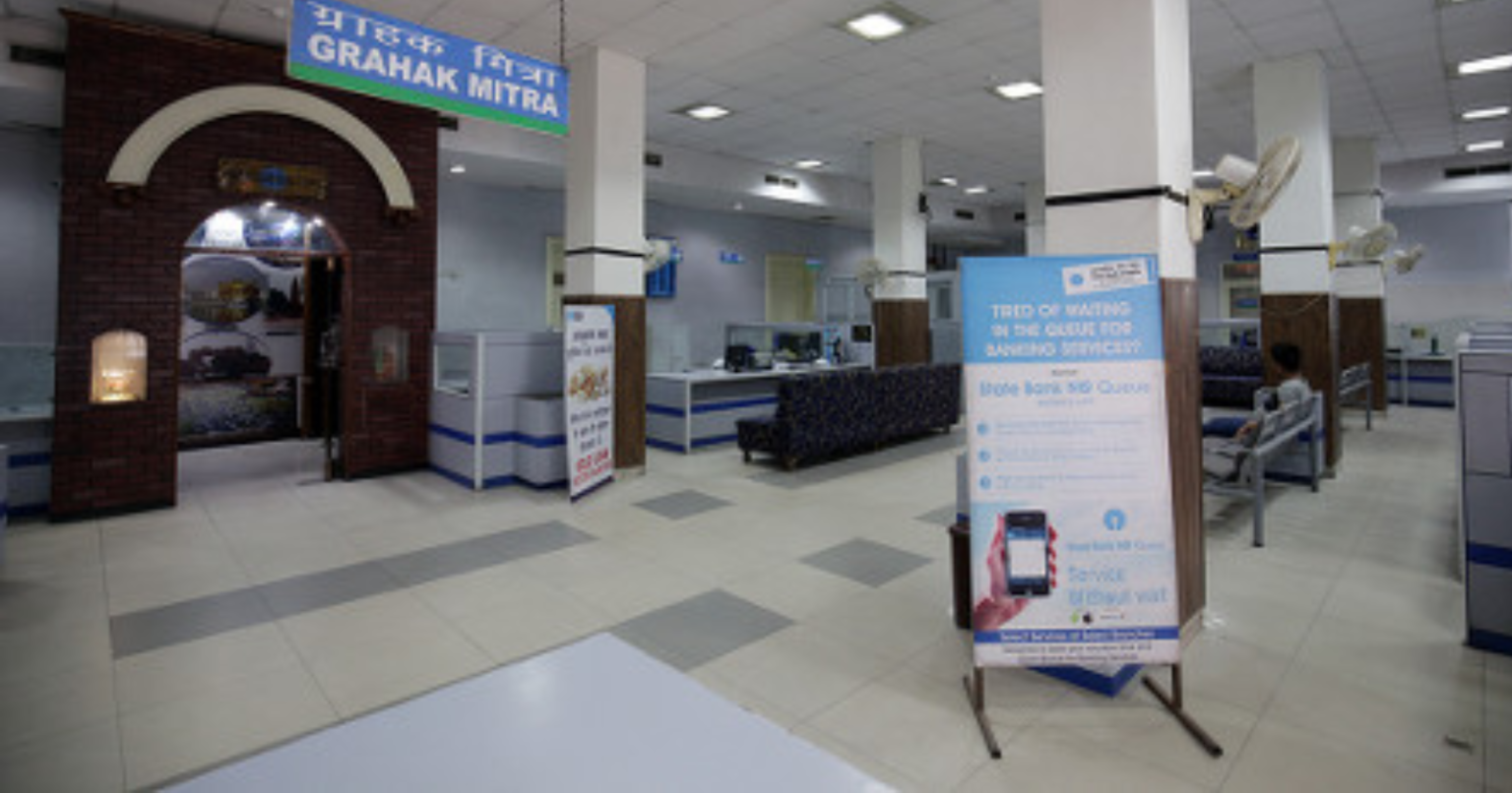The State Bank of India (SBI), established in 1955, stands as a cornerstone in India’s banking sector, playing a vital role in the nation’s economic development. With a rich history and a wide array of financial services, SBI serves diverse needs across India, boasting an extensive network of branches and ATMs, even in remote areas. Moreover, its global presence spans across 36 countries, reflecting its significance on the international banking stage.

Despite its esteemed position, SBI often faces jests in contemporary meme culture, particularly highlighting the perceived sluggishness depicted through memes showcasing long queues and waiting times at branches, much to customers’ chagrin.
In a recent instance, a social media post circulated images of an empty SBI branch during lunchtime, drawing considerable attention online.

The post, shared on [platform name], captured the attention of SBI, prompting a response from the bank urging the user to remove it.
The post, shared on May 30, featured a snapshot of an SBI branch where all employees appeared to be on lunch break. The accompanying caption critiqued SBI’s services, juxtaposing the scene with the assertion that while the world can undergo profound transformations, SBI’s services remain unchanged.

In response, SBI requested the user to take down the post citing security concerns associated with photography or videography within branch premises. Expressing regret for any inconvenience caused, SBI emphasized the potential misuse of such images, cautioning the user against their dissemination.
We regret the inconvenience caused to you. However, please note that photography/ videography inside branch premises is prohibited due to security reasons. You may be held accountable if these are misused. Therefore, we recommend you to remove these from the social media sites
— State Bank of India (@TheOfficialSBI) May 30, 2024
You have concern over photos,
But no concern over the issue faced.Have some shame.
— Lalit Solanki (@lalitmali03) May 30, 2024
We regret the inconvenience caused to you. However, please note that photography/ videography inside branch premises is prohibited due to security reasons. You may be held accountable if these are misused. Therefore, we recommend you to remove these from the social media sites
— State Bank of India (@TheOfficialSBI) May 30, 2024
during the working hours. However, if you are facing any problem in this regard from any of our branches, please register a complaint in this regard at this link https://t.co/YdGUw4ByCT select Raise Complaint – Others >> Personal Segment/Individual Customer // General
— State Bank of India (@TheOfficialSBI) May 31, 2024
Banking>>Branch Related>>No Response to Queries and mention brief details of the issue in the last column. Upon successful registration of the complaint, you will receive a complaint no. on your registered mobile no./e-mail ID. Our concerned team will look into it.
— State Bank of India (@TheOfficialSBI) May 31, 2024
However, the user expressed dissatisfaction with SBI’s response, accusing the bank of prioritizing image concerns over addressing the underlying issue.
Subsequently, SBI clarified its lunchtime policies through a series of tweets.
Bro bank aayaa…. bhai tum lunch bhi mat karo.. lunch important nahi hai, bro ki passbook update karna important hai.
— Tech Bharat (Nitin Agarwal) (@techbharatco) May 31, 2024
They having lunch at 3 PM (already late) & u have problem
Khud to timely lunch kha ke branch gaye hoge & u have issues with the employees
Have reasonable expectations.. employees hai..tere naukar nahi hai ke saab a gaye to apna khana chhodkar pehle saab ki seva karo
— PM (@BhrataShreee) May 31, 2024
Thala is now their brand ambassador.
So they will come late only!
They will work very efficiently near the closing time. 😁😄— Dr. Devashish Palkar (@psychidiaries) May 31, 2024
The incident sparked varied reactions online, with some echoing the user’s grievances while others expressed sympathy towards SBI staff. This exchange underscores the challenges faced by financial institutions in managing public perception amid evolving digital landscapes and heightened scrutiny on social media platforms
